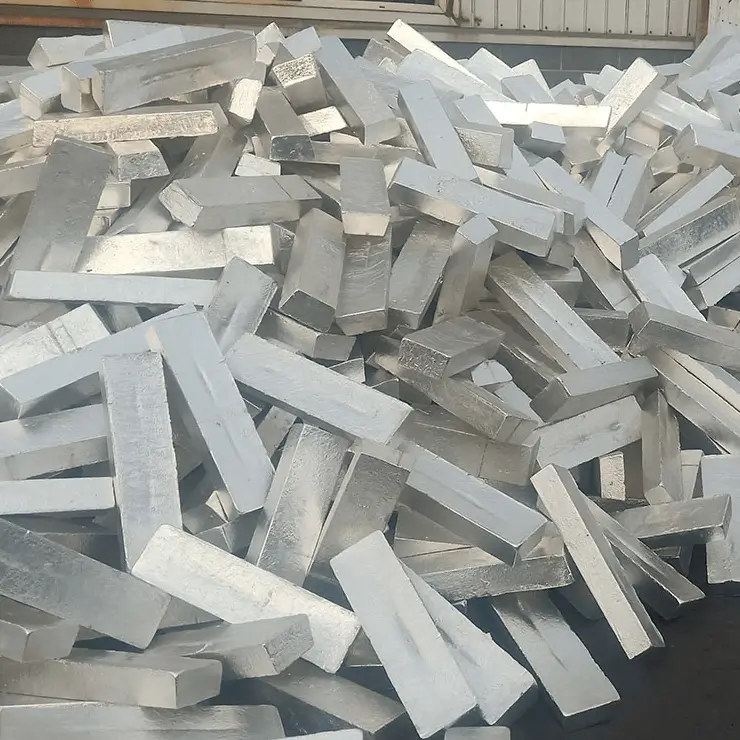Fancymetal offers high purity (customizable) metal products, as well as oxides, product shapes, foils, plates, wires, tubes, rods, powders and a variety of custom shapes.
We also have other magnesium products:
Magnesium
Magnesium Oxide
Magnesium sputtering targets
Magnesium has a relative atomic mass of 24.3050 and is classified as an active metal element in the chemical category.
Applications:
✔ Mainly used in the manufacture of light metal alloys
✔ Often used as a reducing agent to replace metals such as titanium, zirconium, uranium, and beryllium
✔ Medical uses: treatment of magnesium deficiency and cramps
✔ Used in the manufacture of fireworks, flash powder, magnesium salts, inhalers, flares, etc.
✔ Magnesium is an important material in the aviation industry, and magnesium alloys are used to manufacture aircraft fuselages, engine parts, etc.
✔ Magnesium is also used to manufacture photographic and optical instruments, etc.
✔ Pure magnesium has low strength, but magnesium alloys are good lightweight structural materials and are widely used in industrial sectors such as space technology, aviation, automobiles, and instruments. A supersonic aircraft has about 5% magnesium alloy components
Advantages:
✔ Strict quality control of raw materials, process control and pre-delivery processes.
✔ Strong technical capability makes it a reliable long-term supplier.
✔ Technical support: 24 hours technical support by email or phone.
History:
The first person to confirm that magnesium is an element was Joseph Black in Edinburgh (UK) in 1755.
Impure magnesium metal was first produced in 1792 by Anton Rupprecht, who heated a mixture of magnesia and charcoal.
Pure but very small amounts of metallic magnesium were produced by Humphry Davy in 1808 by electrolysis of magnesium oxide. However, it was the French scientist Antoine-Alexandre-Brutus Bussy who produced considerable amounts of metallic magnesium in 1831 using the reaction of magnesium chloride and potassium, after which he began to study its properties.
Magnesium is one of the ten most widely distributed elements in nature (magnesium is the eighth most abundant element in the Earth's crust, accounting for about 2% of the mass, and is also the ninth most abundant element in the universe), but it has not been discovered yet because it is not easily reduced from compounds to a single state.

